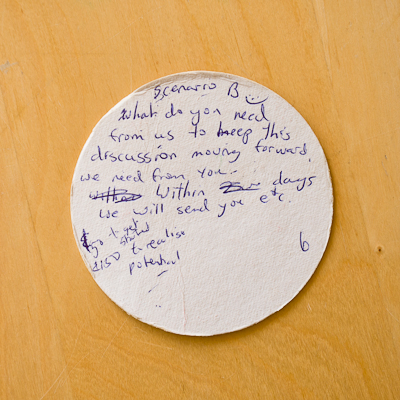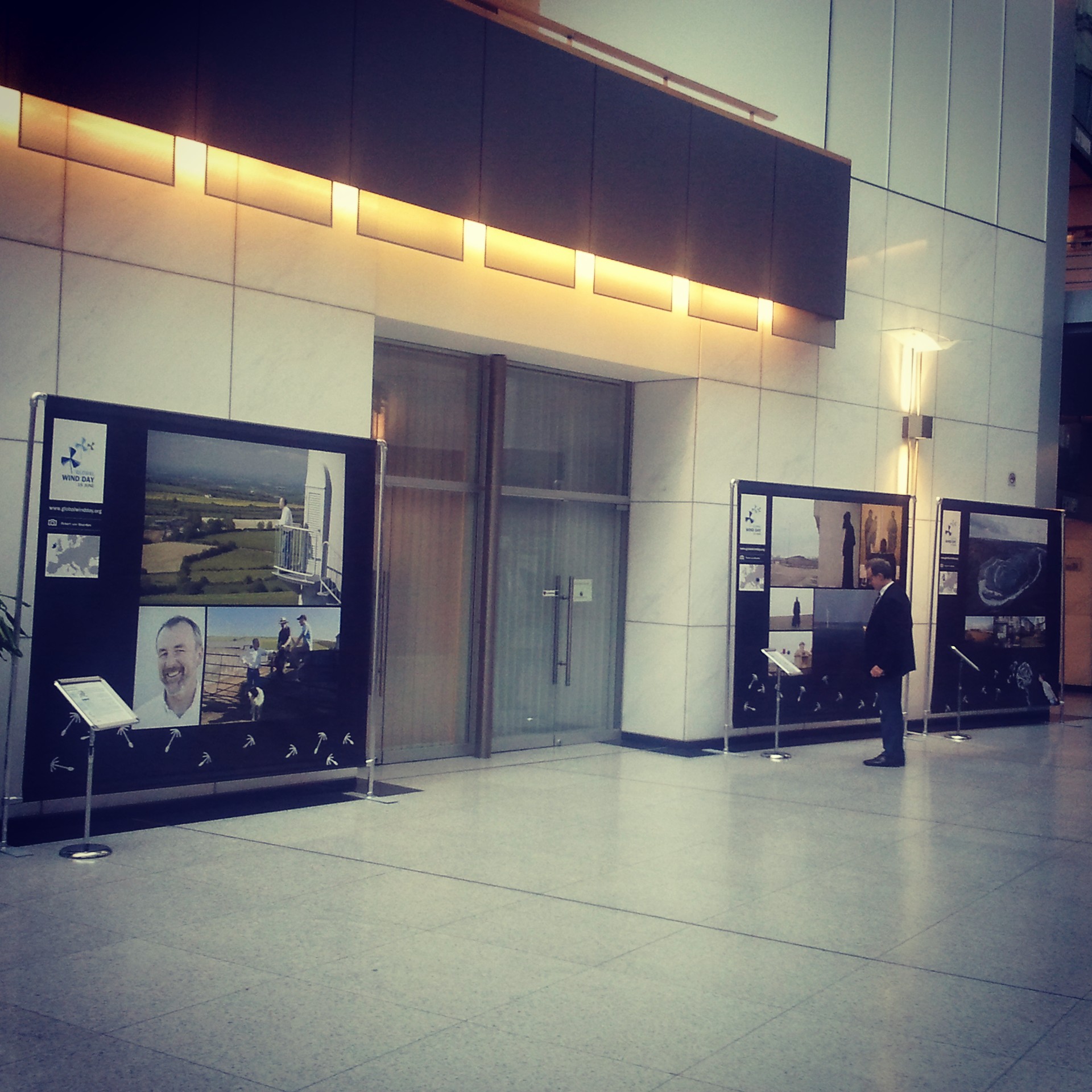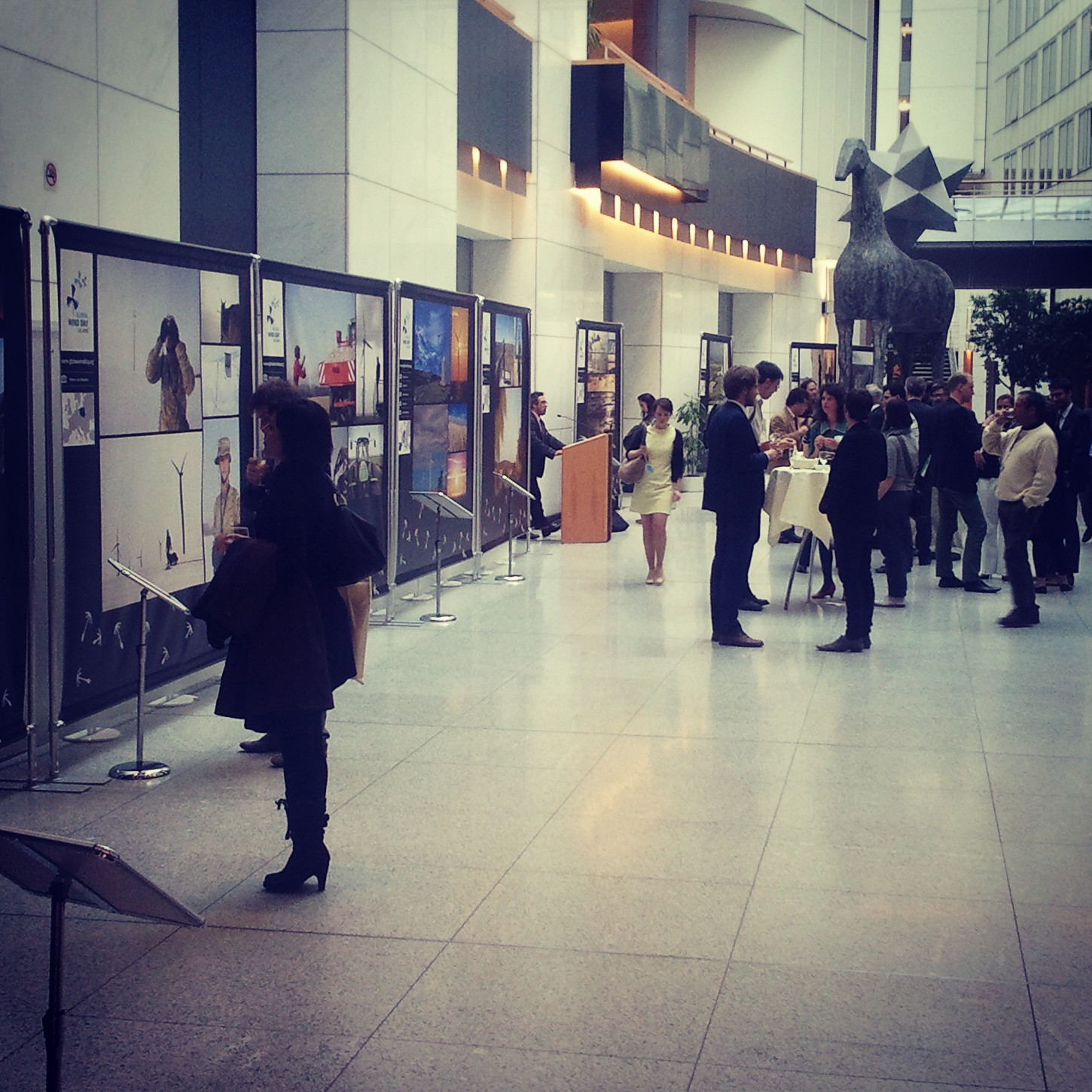This post originally appeared on the EWEA website. It is a part of my Force series focusing on the stories behind wind energy.
[photoshelter-gallery g_id=”G0000dUjNz2eDu6I” g_name=”Force-three-mayors” f_show_caption=”t” f_show_slidenum=”t” img_title=”f” pho_credit=”iptc” f_link=”t” f_send_to_friend_btn=”t” f_bbar=”t” f_htmllinks=”t” f_mtrx=”t” fsvis=”f” width=”950″ height=”654″ bgcolor=”#ffffff” bgtrans=”t” btype=”new” bcolor=”#878787″ crop=”f” twoup=”t” trans=”xfade” tbs=”5000″ linkdest=”c” f_fullscreen=”f” f_constrain=”f” f_topbar=”f” f_bbarbig=”” f_enable_embed_btn=”f” f_show_watermark=”f” f_smooth=”f” f_ap=”f” f_up=”f” target=”_self” wmds=”llQ6QNgpeC.p1Ucz7U.Y5Oeigyi3PbB_QnK.xP_m6QP_XO7ZjsVR6RB14ero3nXAFRt0MA–” ]
Rosu Nuti
Mayor of Progresu and Fácáeni
Romania
Population: 7200
Rosu Nuti was born in Progresu and has been the mayor here for 10 years. Her ambitious spirit is apparent the moment she walks in a room and if you need proof of how hard she works, one glance at her overflowing desk should help.
When Rosu first heard about the plan to construct a 44 turbine wind farm in the community, she immediately saw the benefits. However, as is always the case with something new in a community, there was some confusion and pessimism among the citizens.
Rosu spent a lot of energy organising and convincing the village that this was a good idea. Eventually they came around and ground will be broken on the project this year.
For Progresu and Fácáeni the money injected into the local economy will have a clear benefit. Infrastructure here is underdeveloped: roads are poor and horse-and-cart is still the mode of transport for many. Any local jobs that are created will be welcome in a village with an unemployment rate of 45%.
“The earth won’t be able to give us fossil fuels for eternity, and when we take into account the nuclear plant nearby, we prefer to have a field of turbines,” says Rosu.
Valentin Vrabie
Mayor of Pestera
Romania
Population: 3500
Valentin Vrabie is the most popular mayor in Romania. He was awarded a prize for best mayor in Romania and was re-elected with 95% of the vote. He has achieved this distinction not on his own, but with the help of the wind blowing through Pestera.
When wind energy developers came to Pestera, interested in building a 30 turbine farm, Valentin Vrabie seized the opportunity. He immediately opened the doors and did what he could to streamline the process. He understood that the revenue from this project could turn Pe?tera around.
Valentin didn’t believe that the taxes from the wind farm should go to the county office in Constan?a. He successfully lobbied to have the laws changed and the taxes are now flowing into the Pe?tera commune coffers.
The results of this legislative change are apparent everywhere in Pestera. There is a beautiful new park, a new mosque, a new school complete with fibre optic line and new laptops, and a renovated church. Every year large light shows and celebrations attract tens of thousands of people. All this in a period of global crisis mentions Valentin.
Valentin and the community are excited that there is another wind farm coming to Pestera this year. It will make this commune one of the richest in the country. As for Valentin, when he has finished his term in Pe?tera commune he has his political sights set on the county.
Beiu Ion
Mayor of Saligny
Romania
Population: 2300
Beiu Ion was the vice-mayor of Saligny,when the turbines were built. 19 in total, they stand on unused agricultural ground on a hill above the village, surely a sight prettier then the nuclear reactors over the hill in Cernavoda.
Beiu and the villagers were very supportive of the project to build the turbines when initially proposed. The construction was smooth and although there were a few small disputes, when the money started to come in, those concerns were quickly overcome.
That money, approximately €300,000 a year, goes a long way in this little community. When Beiu was elected mayor last year he inherited a community that is transforming. First on Beiu’s list is to ensure all the houses have running water and to pave the roads in Saligny. With a life span of 25 years on the wind farm, the community is looking forward to a future with the wind.



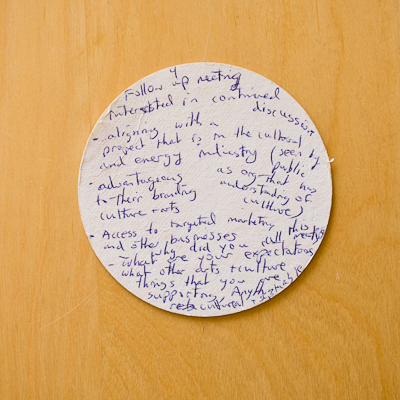
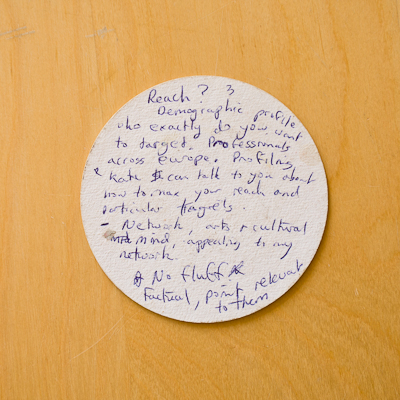 He and his family have been harvesting the wind for over a decade. That bike ride quickly told me two things: first, a bike is not the easiest mode of transportation for a project on wind energy, and second, the locations weren’t going to be easily accesible.
He and his family have been harvesting the wind for over a decade. That bike ride quickly told me two things: first, a bike is not the easiest mode of transportation for a project on wind energy, and second, the locations weren’t going to be easily accesible.